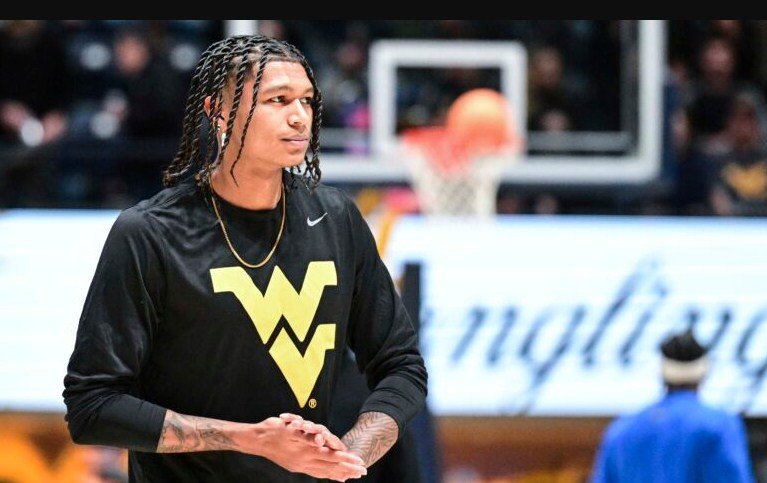A federal judge in Indiana issued a 14-day temporary restraining order on Wednesday against the NCAA, allowing college athletes who have transferred twice to play immediately without sitting out a year. The ruling came after a lawsuit filed by four student-athletes who claimed that the NCAA’s new transfer rule violated their constitutional rights.
The plaintiffs and their arguments
The four plaintiffs are Darius Stills, a defensive lineman who transferred from West Virginia to Nevada; Jalen Mayfield, an offensive lineman who transferred from Michigan to Texas; Jahmir Johnson, an offensive lineman who transferred from Tennessee to Texas A&M; and Mekhi Becton, an offensive lineman who transferred from Louisville to Virginia Tech. All of them had previously transferred once and were granted immediate eligibility under the NCAA’s one-time transfer exception.
However, in August 2022, the NCAA Division I Board of Directors adopted a new rule that limited the eligibility waivers for second-time transfers, requiring them to meet specific criteria related to physical or mental health issues or exigent circumstances. The plaintiffs argued that the new rule was arbitrary, capricious, and discriminatory, and that it violated their due process and equal protection rights under the 14th Amendment.
They also claimed that the new rule harmed their academic and athletic opportunities, as well as their future professional prospects. They sought a preliminary injunction to prevent the NCAA from enforcing the rule and to allow them to play for their new schools in the 2023-24 season.
The judge’s decision and reasoning
U.S. District Judge Tanya Walton Pratt granted the temporary restraining order, finding that the plaintiffs had shown a likelihood of success on the merits of their claims, as well as irreparable harm, a balance of equities in their favor, and a public interest in granting the relief.
Judge Pratt noted that the NCAA had changed its transfer rule several times in recent years, creating confusion and inconsistency for student-athletes and member schools. She also questioned the rationale and evidence behind the new rule, which the NCAA said was intended to provide greater clarity and stability for the transfer landscape.
She wrote that the new rule “appears to be a solution in search of a problem” and that it “does not appear to be based on any empirical data or analysis.” She added that the new rule “seems to be driven by a desire to curb the number of transfers and to deter student-athletes from seeking greener pastures.”
She also found that the new rule discriminated against second-time transfer athletes, who were predominantly Black and from low-income backgrounds, compared to first-time transfer athletes, who were more likely to be white and from affluent backgrounds. She cited a study by the Knight Commission on Intercollegiate Athletics, which showed that second-time transfer athletes in football and men’s basketball were 82% and 86% Black, respectively, while first-time transfer athletes in those sports were 59% and 64% Black, respectively.
She concluded that the new rule “creates an unjustified and disparate impact on a protected class of student-athletes” and that it “imposes a substantial burden on their fundamental right to pursue an education of their choice.”
The implications and reactions
The temporary restraining order is effective until Dec. 27, 2023, unless extended by the court. It applies to the four plaintiffs and any other similarly situated student-athletes who have transferred twice and are seeking immediate eligibility waivers from the NCAA. It does not affect the NCAA’s one-time transfer exception, which allows undergraduate athletes in all sports to transfer once and be immediately eligible, as long as they notify their schools within certain windows.
The ruling is a significant blow to the NCAA, which has faced increasing legal challenges and scrutiny over its rules and regulations regarding student-athletes’ rights and benefits. The NCAA is also awaiting a decision from the U.S. Supreme Court on whether it can limit the education-related compensation that student-athletes can receive, which could have far-reaching consequences for the future of college sports.
The plaintiffs and their lawyers celebrated the ruling, calling it a victory for student-athletes and a step toward reforming the NCAA. They expressed their hope that the court would grant a permanent injunction and that the NCAA would revise its transfer rule to be more fair and consistent.
The NCAA and its lawyers did not comment on the ruling, but indicated that they would continue to defend the rule and oppose the lawsuit. They argued that the rule was within the NCAA’s authority and discretion, and that it was based on legitimate and reasonable considerations. They also contended that the plaintiffs had not exhausted their administrative remedies and that they had not shown any constitutional violations or irreparable harm.

